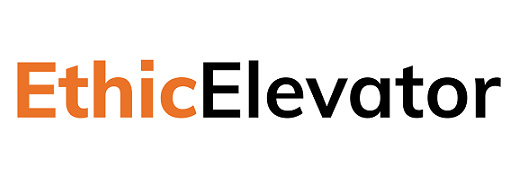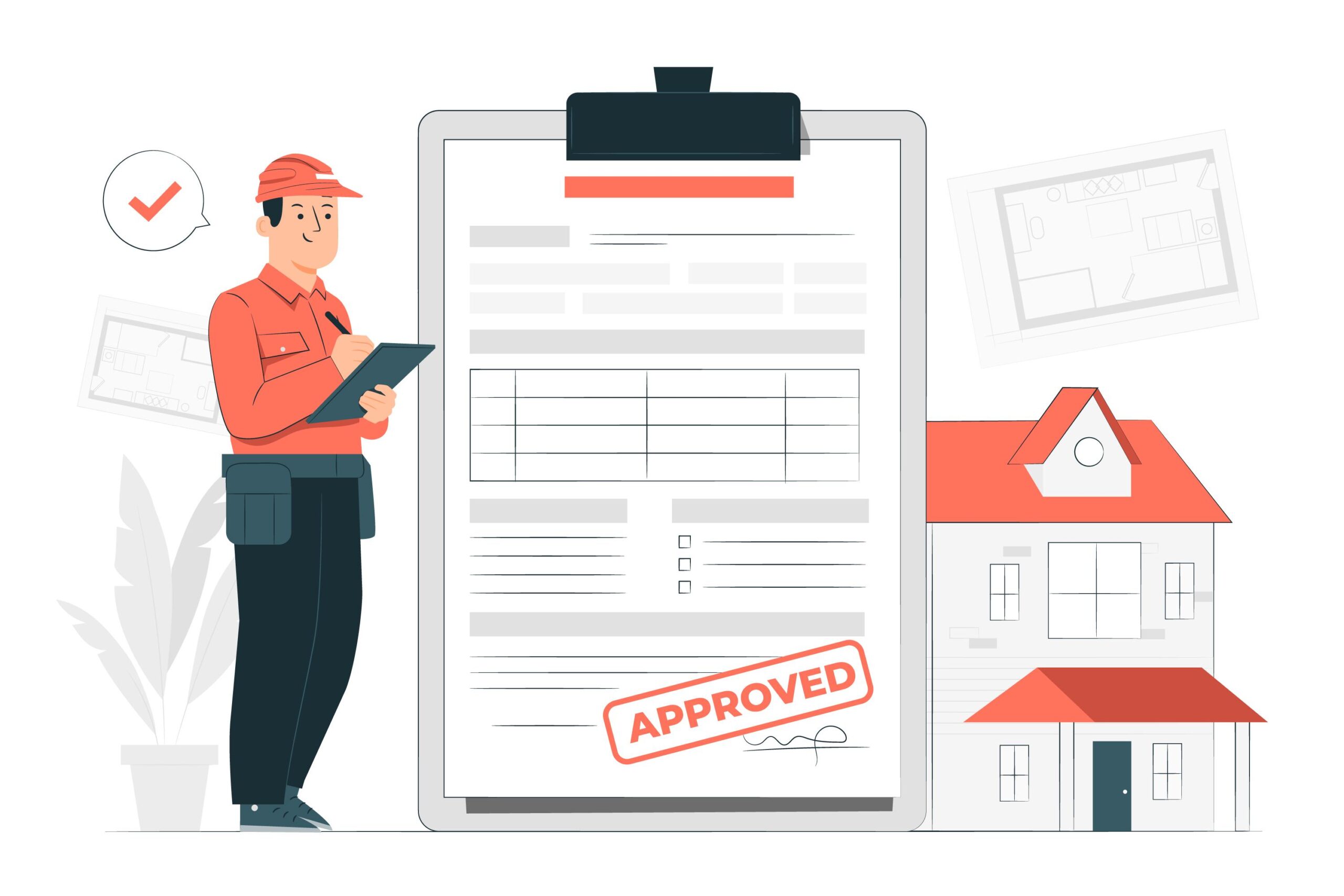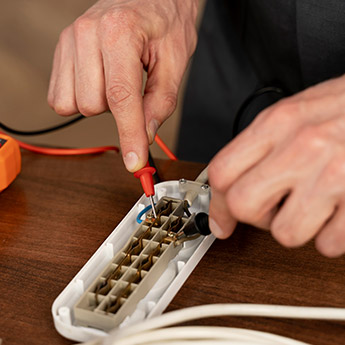Safety Inspection Discription
Modern elevators have two basic sets of safety components: electrical and mechanical.
The electrical components include the elevator controller, sensors and software systems. The elevator's controller serves as the brains of the system. Sensors monitor safety-related functions like car speed and position, and door-lock state or access panel position; and they send the data back to the controller.
Software systems provide independent assessment to validate redundant sensor systems.
The mechanical components include the elevator machine itself, the machine brake, the overspeed governor, the safety brakes (also known as the car safeties) and, finally, the buffers at the bottom of the hoistway.



